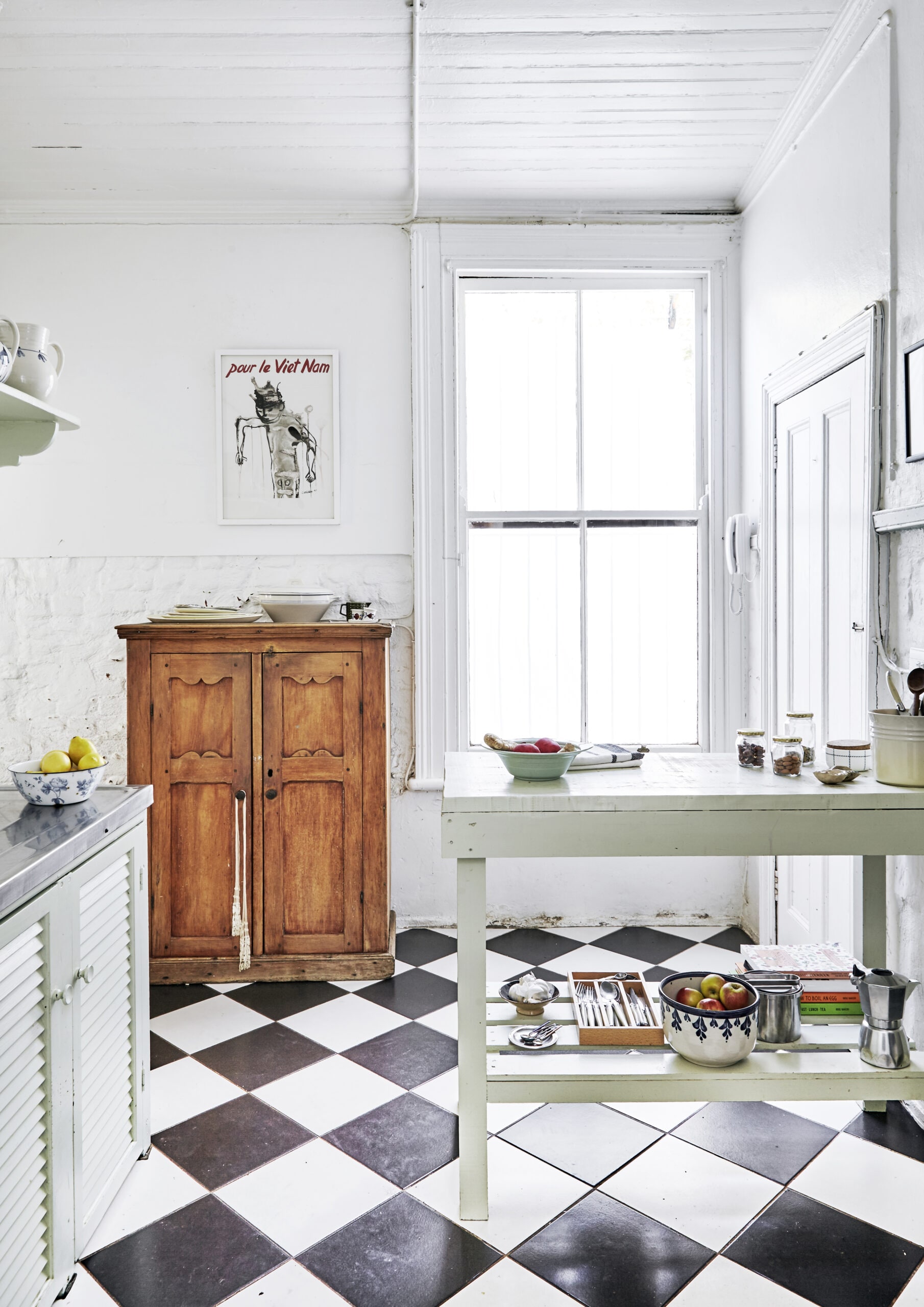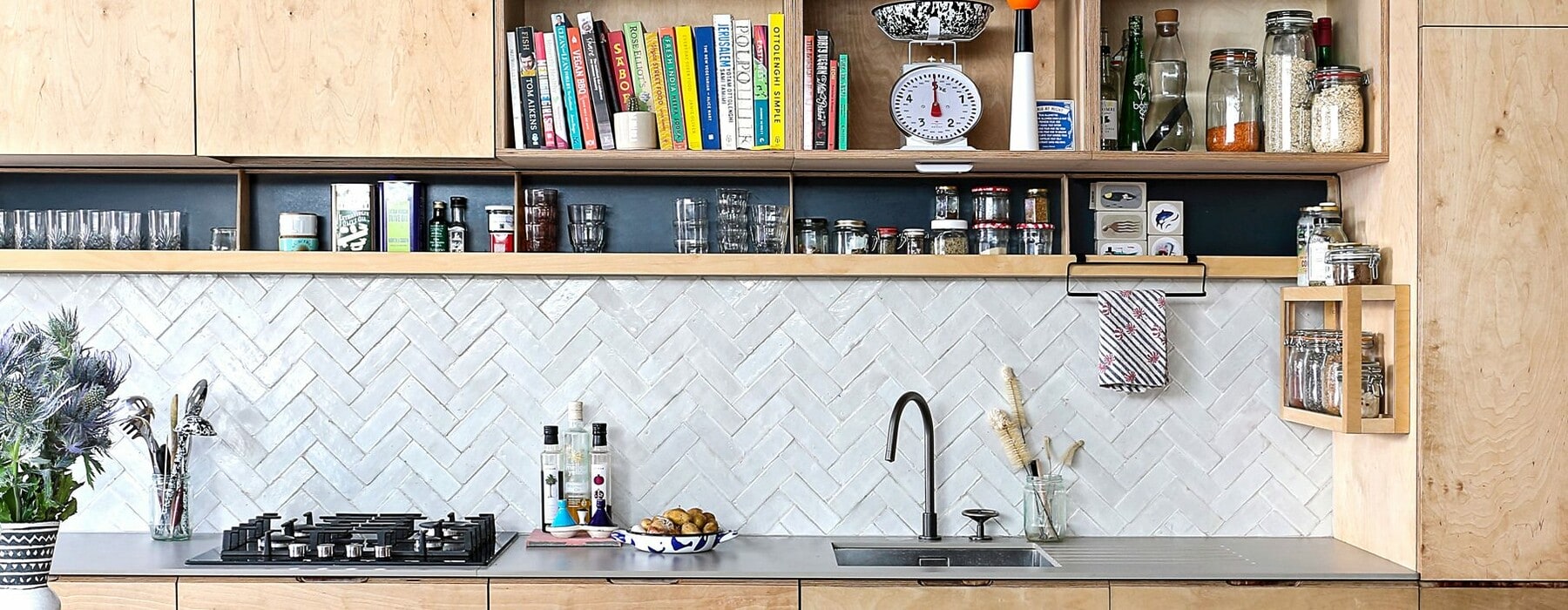Our eco columnist Fiona Ralph shares how to keep your kitchen makeover green by rounding up these sustainable reno ideas and simple hacks.
Renovating a kitchen can be an unsustainable process but you can make it more eco-friendly by choosing recycled or natural materials that are created to last, and recycling or repurposing old fittings instead of discarding them. Even if you’re not planning to renovate just yet, there are plenty of ways to bring a greener touch to your kitchen.
Our kitchen had already been renovated when we moved into our house, which was a bonus. It appears to be a kitset kitchen built on a lower budget, therefore the materials used aren’t the most durable or sustainable, but keeping it until it is no longer functional will be better for the environment than replacing it.
It’s currently fit for purpose. After all, the only issues are a lack of bench space and a slightly annoying small, round sink positioned at the end of a “peninsula” bench, resulting in dishwater splashing over the edges no matter how careful you are!
When it eventually comes time to renovate, we’ll choose sturdier and more sustainable materials, such as reclaimed or Forest Stewardship Council-certified wood, eco plywood and bamboo. It’s important to choose materials that are renewable and non-toxic and can easily be disassembled and recycled at the end of their life. Most kitchen “carcasses” (the cupboard inners behind the cabinet fronts), are made with MDF or chipboard, which can off-gas formaldehyde.
Although this gas is naturally occurring, it is classified as a carcinogen, so if you’re using MDF, ensure it has a low formaldehyde-emission rating. Plywood is a more durable option but you also need to look for a product with low formaldehyde emissions, such as Ecoply, which is made from sustainably grown New Zealand pine.

Use up the leftovers
An even more sustainable – and likely more affordable – option would be to purchase one of the hundreds of used kitchens or kitchen cabinet sets available on Trade Me or at salvage yards. You can also find second-hand sinks, dishwashers, ovens, hardware and more. I once purchased a second-hand dishwasher from Trade Me that had been refurbished and even came with a warranty. You could also repurpose a second-hand sideboard, dresser or table if you need more kitchen storage or bench space.
You could repurpose a second-hand sideboard, dresser or table if you need more kitchen storage or bench space
Reduce renovation waste by reusing some of the materials from your original kitchen, such as the sink, appliances, taps and cabinet carcasses. Alternatively, cabinets could be put to use in a shed or garage. Make sure to sell, donate or recycle anything you won’t be using.
If you’re not planning to do it all yourself, get a tradesperson on board who is versed in sustainable choices, or work with a kitchen designer who strives to use eco materials, such as Auckland company Shoreditch, which uses low-impact, reclaimed or sustainable materials, such as recycled timber and bamboo ply, in its furniture and kitchen designs.
Another thing to look into is the energy and water efficiency of your appliances. Check the Energy Rating Label and look for models with more stars and lower energy consumption. Water-saving taps and tap fittings are also available – and of course don’t forget about energy-efficient lighting.
Air quality is also something to factor in. A good extractor fan is important to eliminate moist air from cooking, and incorporating cross-ventilation into your kitchen design will help keep your home healthy.
For now, I’ll be making small changes that don’t require renovations – adding a mini herb garden, perfecting my composting set-up and purchasing a second-hand table or cabinet to give us more bench space. We also want to add a skylight to help bring in natural light, as we don’t have any windows in the kitchen, and incorporate more houseplants.








